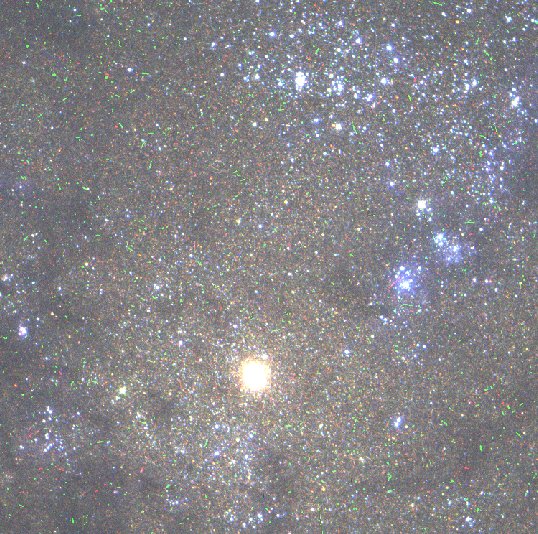





Click to see a multi-wavelength view of the entire galaxy M33. The different colors (filters) or energy bands show the different components of the galaxy: interstellar gas, heated dust, young stars and old stars.
Here is a sample from our HST multi-band photometric survey of M33,
showing the center of the galaxy:

|





|
Recent Publications and Preprints: go to the on-line list
Back to home page